Spinning Triangles:
Anstoss zu einer Schule für Gestaltung.
Hongkong
Anlässlich des 100-jährigen Bauhausjubiläums fordert SAVVY Contemporary mit dem Projekt SPINNInG TRIANGLES die inhärenten, neokolonialen Machtstrukturen in Gestaltungspraxis, -theorie und -lehre heraus. Es nimmt den Gründungsmoment des Bauhauses vor 100 Jahren auf, um sich ihrer Realität als Schule zu stellen, und diesen Moment zu verdrehen und umzuformen.
Konferenz 10.10.–12.10.2019
ort Miller Theatre and The Hong Kong Jockey Club Hall, Asia Society Hong Kong Center, 9 Justice Drive, Admiralty, Hong Kong
Mit Clara Balaguer, Lawrence Chua, Sebastian Cichocki, Lupe Fiasco, iLiana Fokianaki, Christian Nyampeta, Pan Lu, Sugata Ray, Teren Sevea, Andreas Siagian, Simon Soon, Tan Zi Hao, Ema Tavola, Katerina Teaiwa
Workshops 08.10.–16.10.2019 für registrierte Teilnehmer*innen
ort Para Site, 22/F, Wing Wah Industrial Building, 677 King’s Road, Quarry Bay, Hong Kong
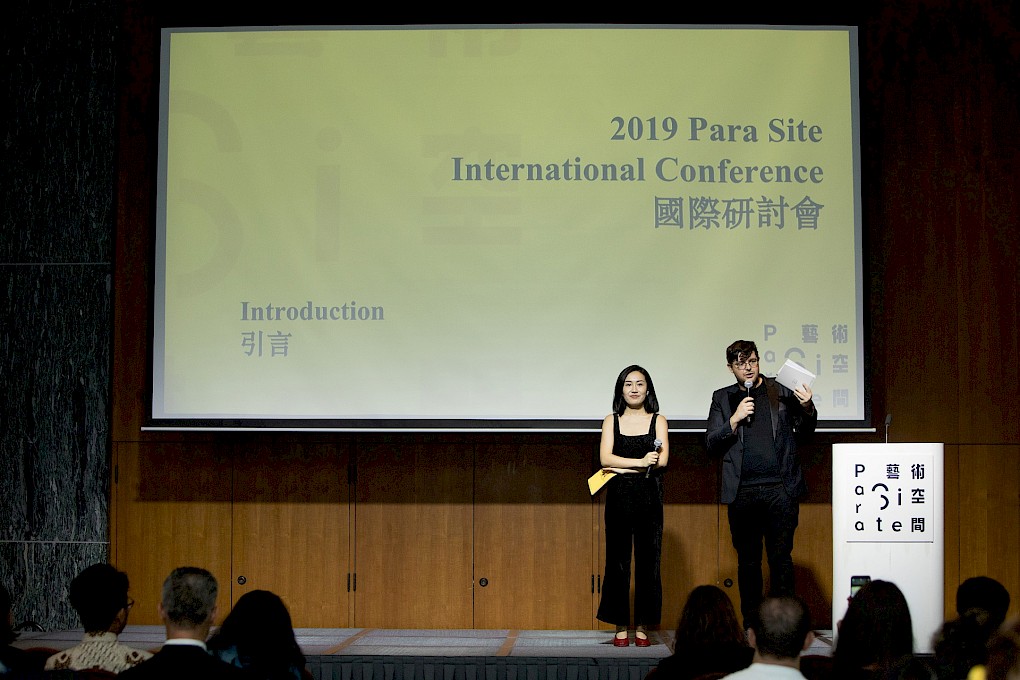
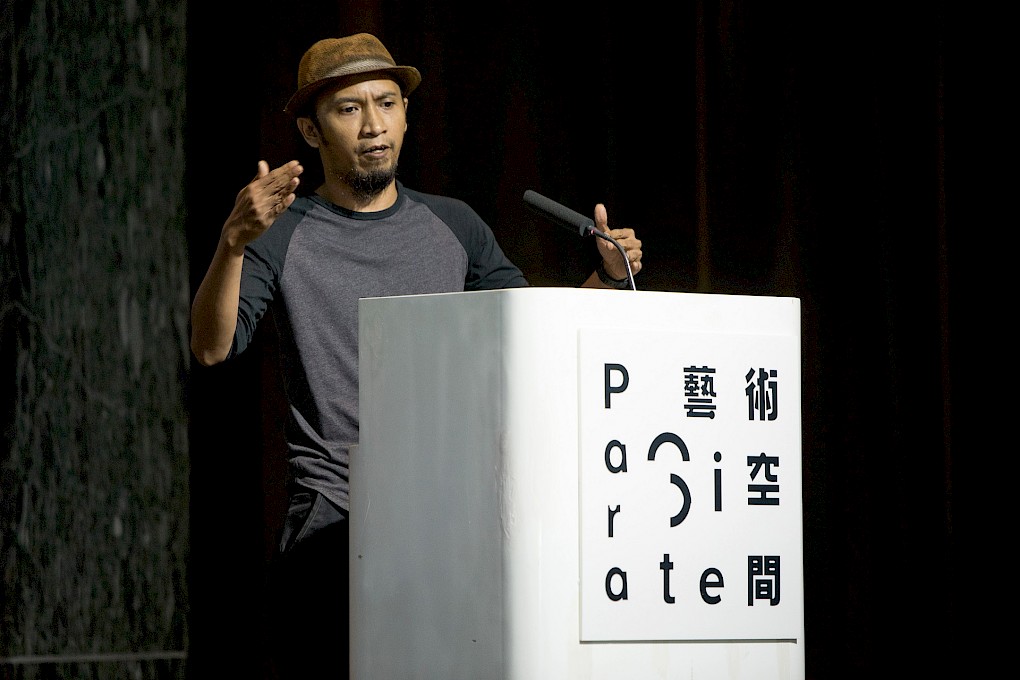
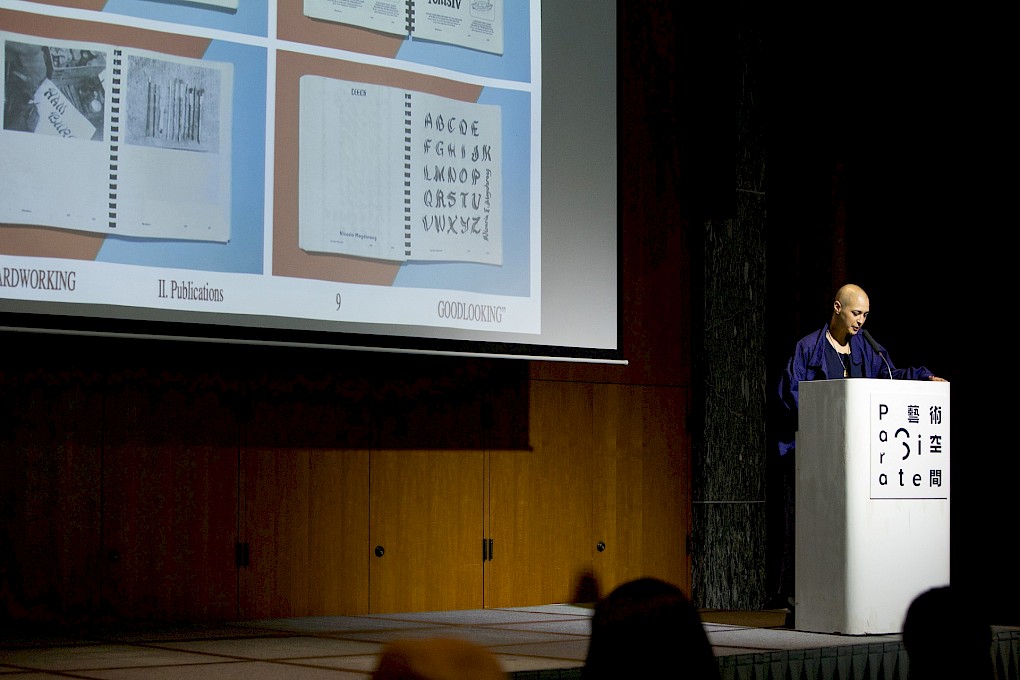
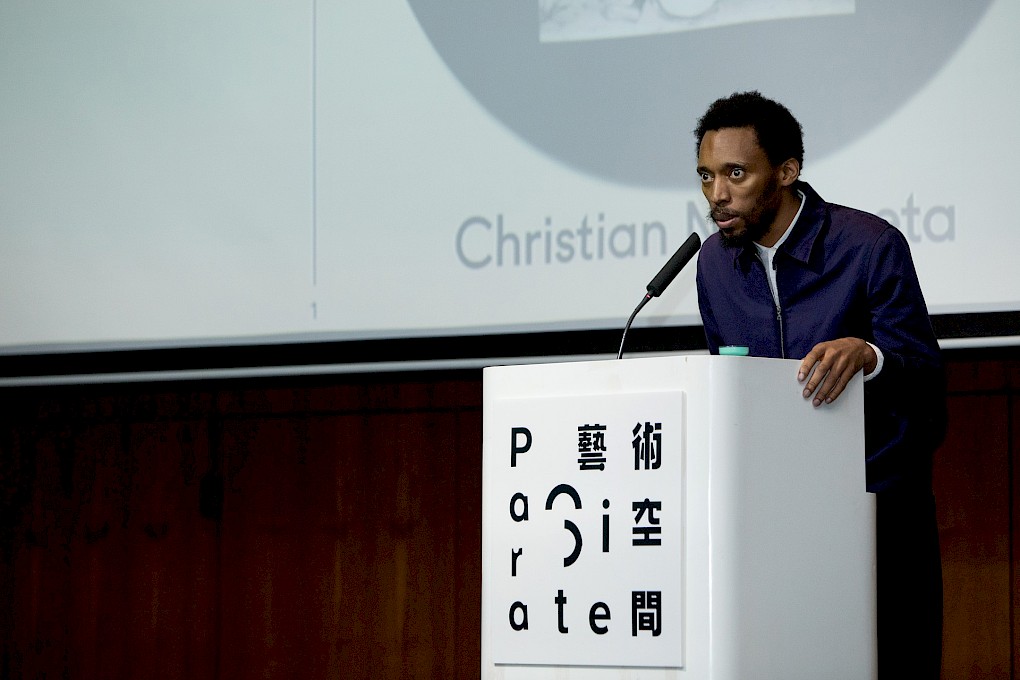
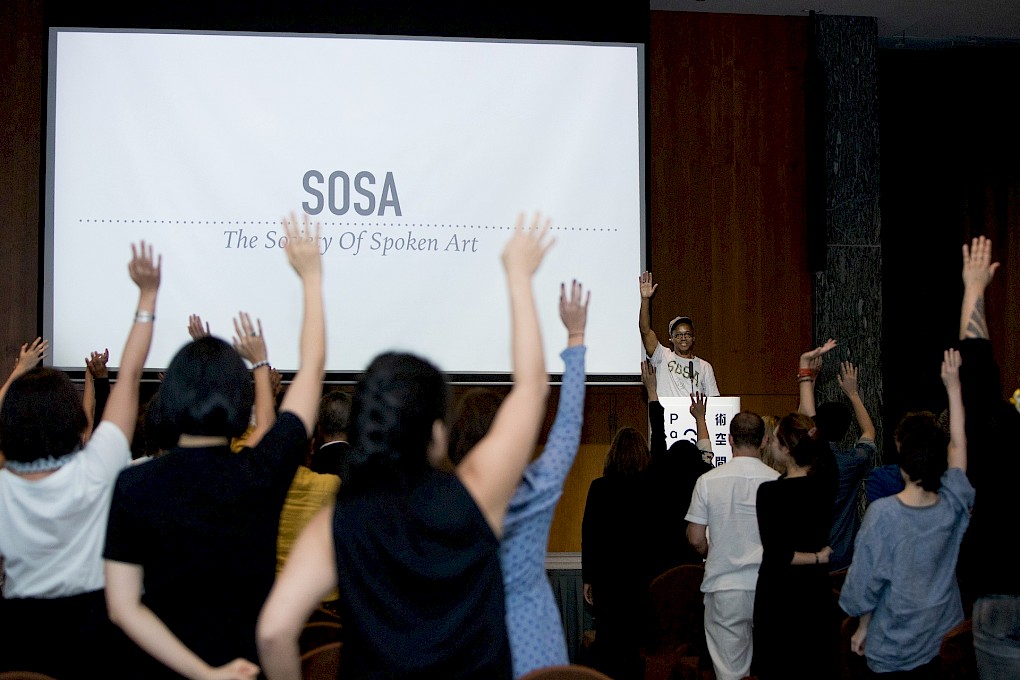
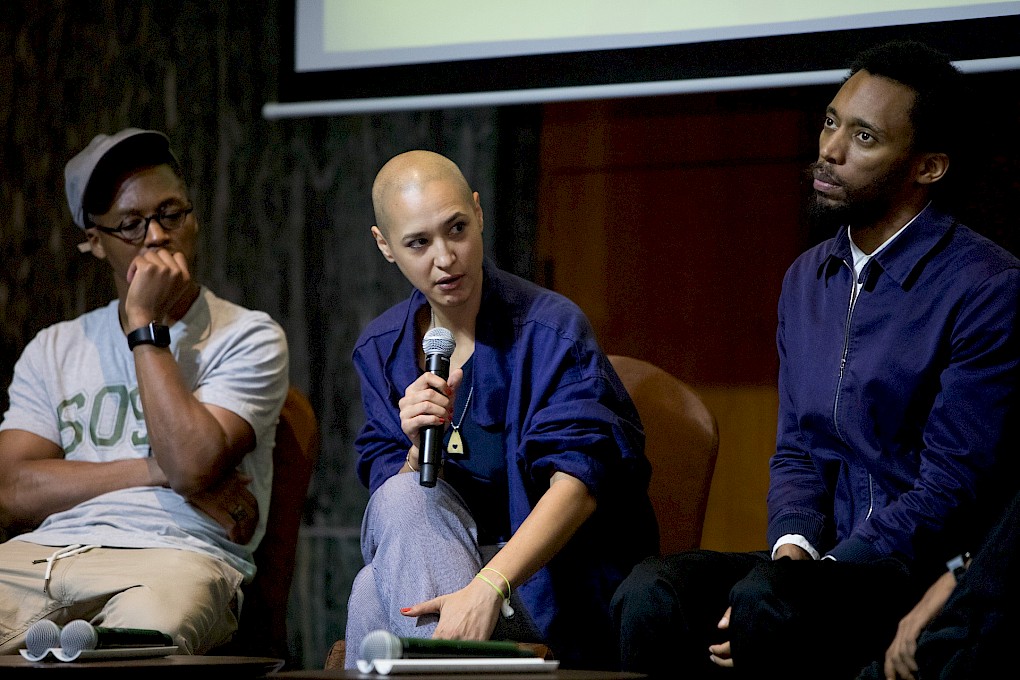
First and foremost, the Bauhaus was a school of design. It aimed to educate a new generation of designers, makers and thinkers that would face the challenges of their “now”. SPINNING TRIANGLES takes up this founding moment of 1919, not in order to repeat it but to twist it: we will create a “school” of design that has what it takes to tackle the challenges of our “now”, and might, precisely by this, turn into an “un-school”. This school will not be developed by the geopolitical West, but through the accelerated movement between three deeply interwoven places – Germany, D.R. Congo, China – and will confuse their prescribed roles as idea provider, raw material supplier and champion of production.
The first spinning of this long-term project has taken place in Germany (Dessau and Berlin), and accelerated into its second spinning in Kinshasa, the capital of a country without which our smartphone-modernity, creative economy and data collecting mania is unthinkable but which also bears the highest costs: the past twenty years alone have amassed six million corpses caused by the ruthless mining of minerals and its associated conflicts – official numbers that can be deemed as cautious estimations.
Here, an exchange platform for knowledge transfer between several actors from the “Global South” was initiated. During a series of workshops and a four day symposium, participants debated status quos, questioned solutions, talked about successes, failures, ideas, possibilities and impossibilities, while moving between presentations, walks, discussions, music and performances. Several workshops initiated further dialogues, where social and political climates, conditions of “now,” the creation for the everyday as well as existing educational formats were not only thought about but also acted upon through practice. In discussion rounds, a viable concept for a school of design was debated and questioned. This speculative frame created a space in which some assumptions were clear: Such a school would not be temporal, but would last and be lived. It would be created for the context in which it emerges (Kinshasa) but would consider its furthering in other geographies, leading to the third spinning.
In this third reversal, the “school” that might as well be called an “un-school,” activated itself in Berlin at SAVVY Contemporary–The Laboratory of Form-Ideas. From 22.07. until 18.08.2019, we made space for a “school” of design, moving along the entanglements between modernity and coloniality, questioning their repercussions for “world-making,” its obvious and less obvious masterplans. By exploring methods and practices alongside these discussions, 40 participants as well as five invited guests from Kinshasa (Lema Diandandila, Grace Mujinga, Orakle Ngoy, Jean Jacques Tankwey and Nada Tshibuabua) progressively gave form to this “school.” Together, forms of co-living and co-creating were negotiated, and thus conceptions of global reality proposed.
In the fourth reversing movement, the art space Para Site will open its yearly International Conference as well as its Emerging Art Professionals workshops to the issues at stake in Spinning Triangles, inviting a wide array of professionals and critical perspectives.
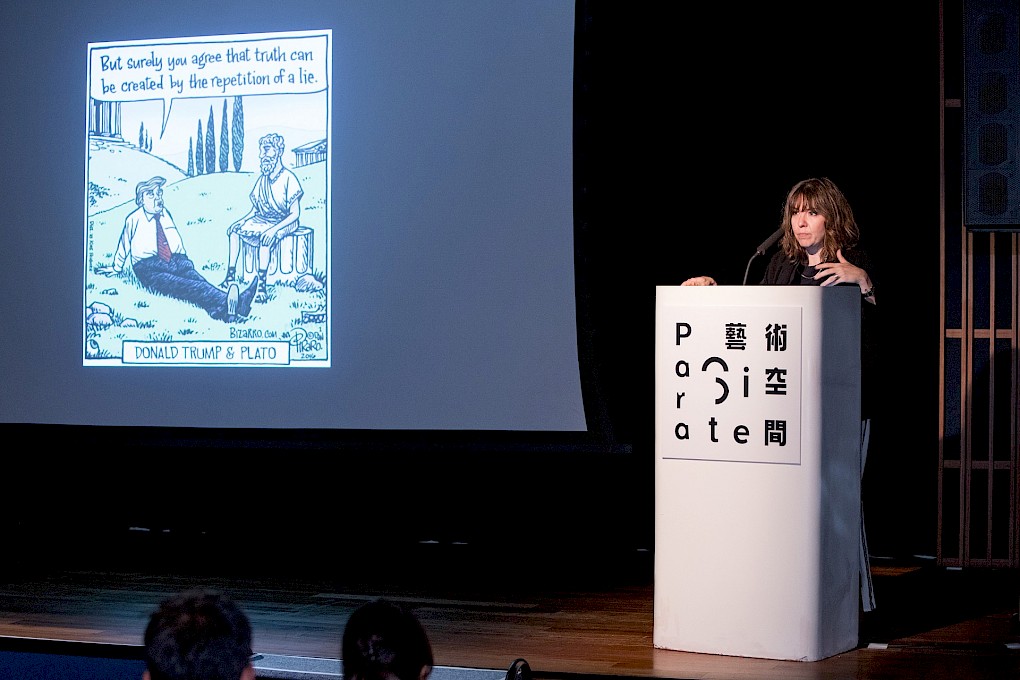
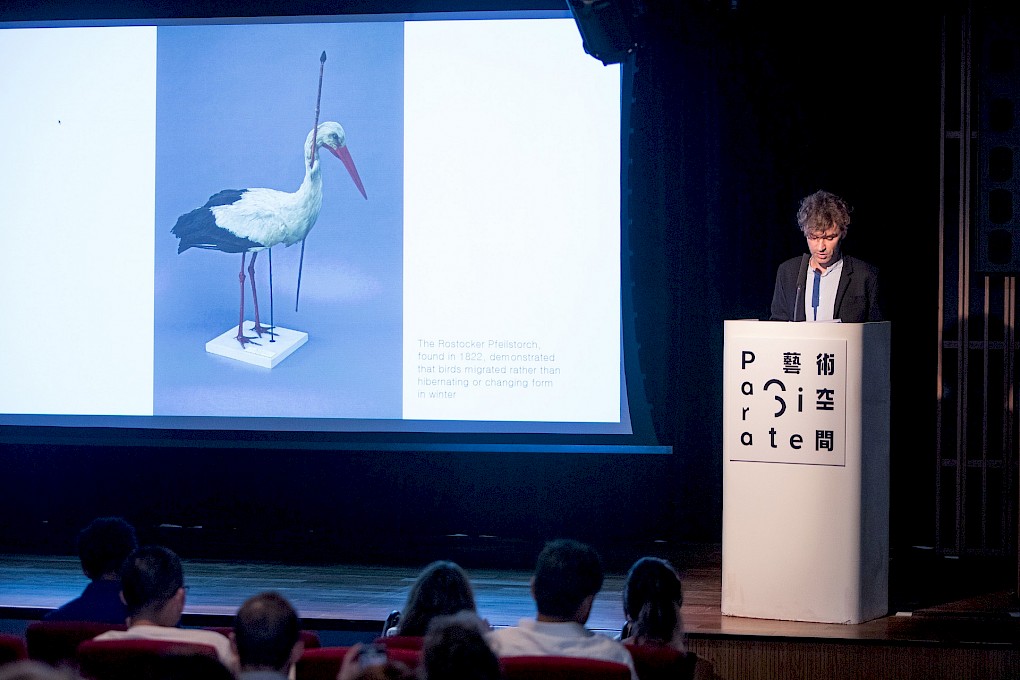
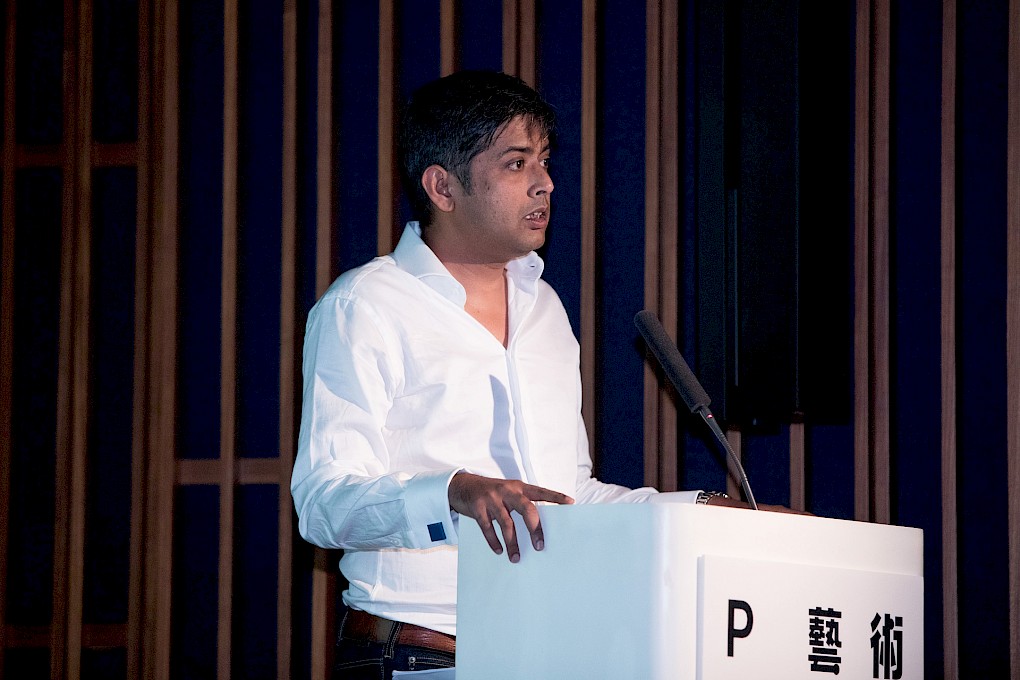
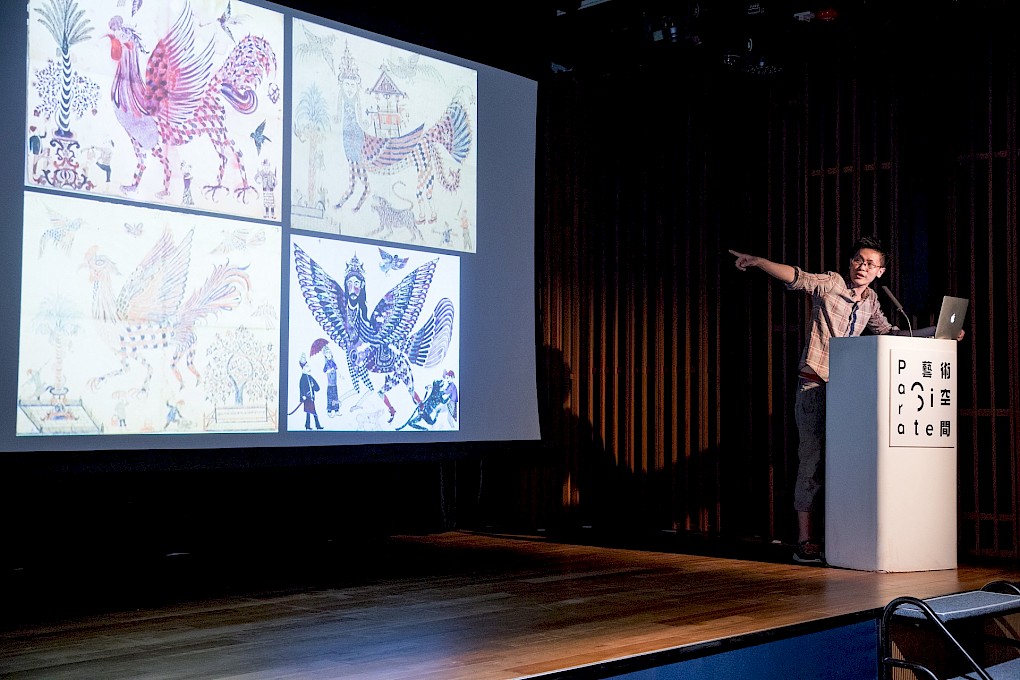
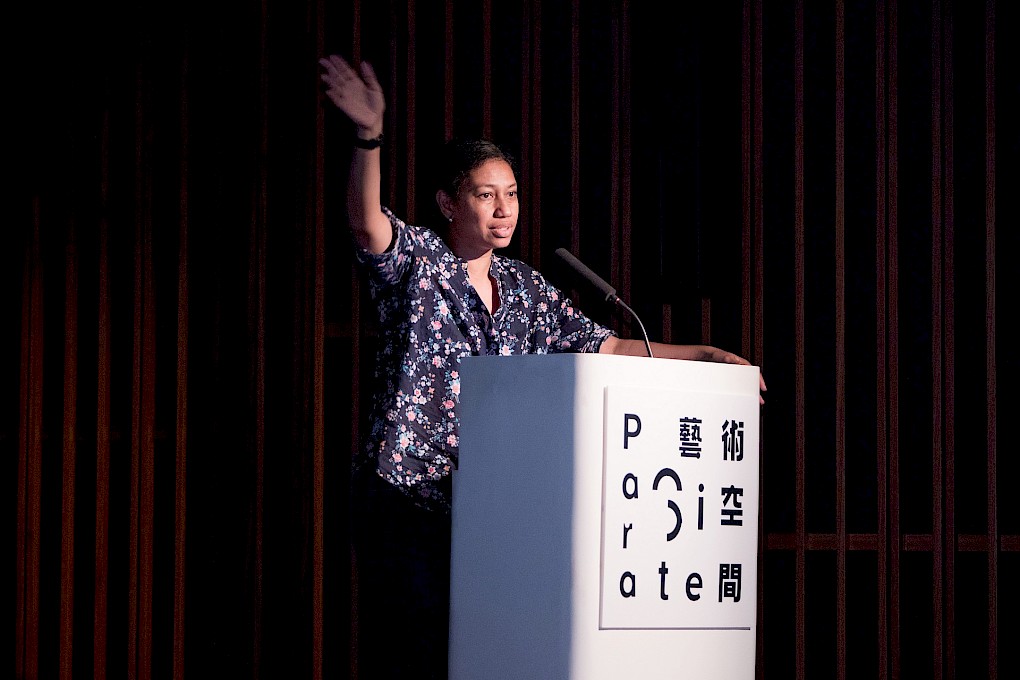
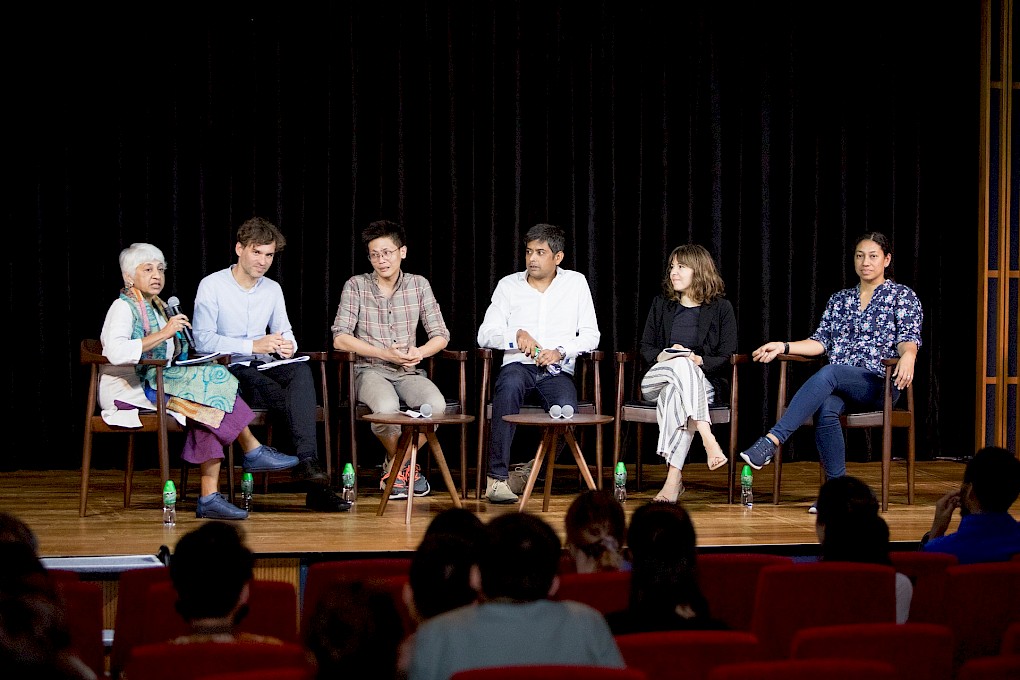
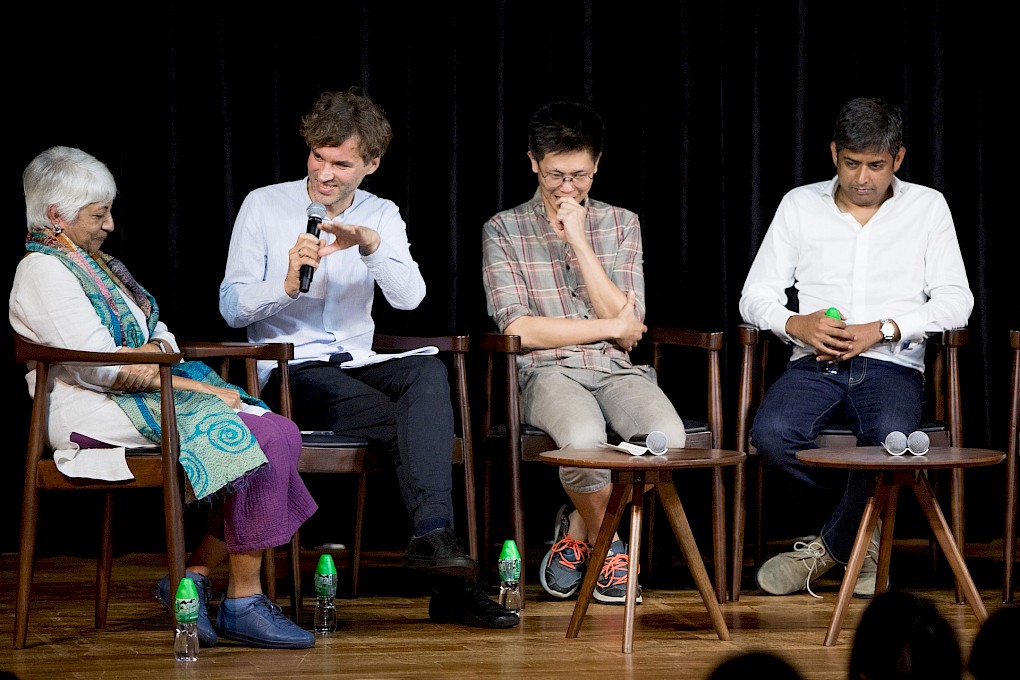
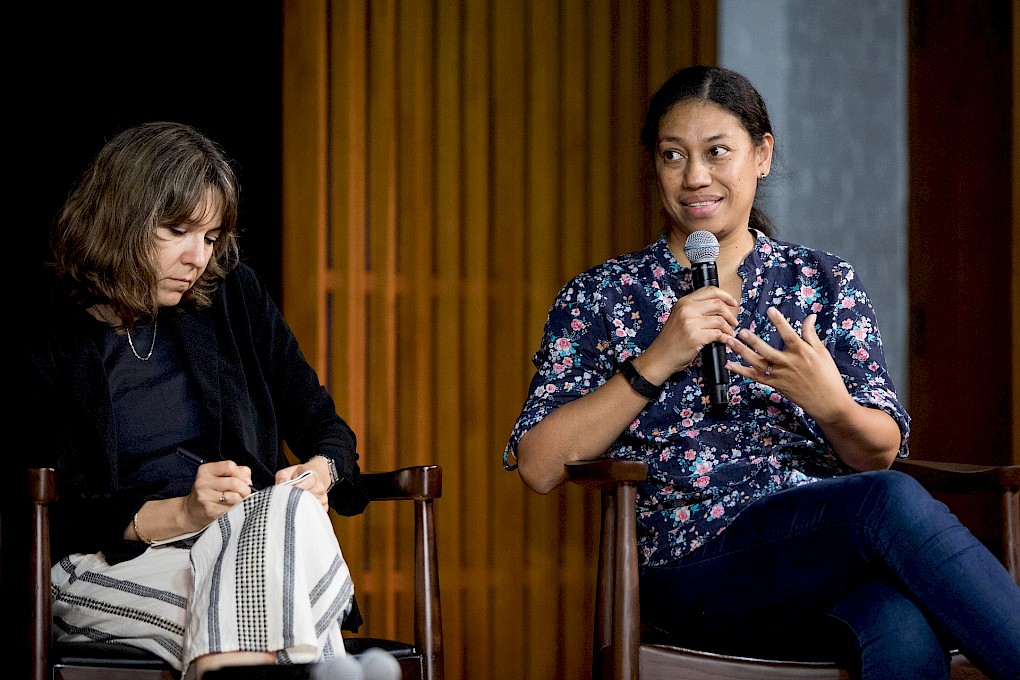
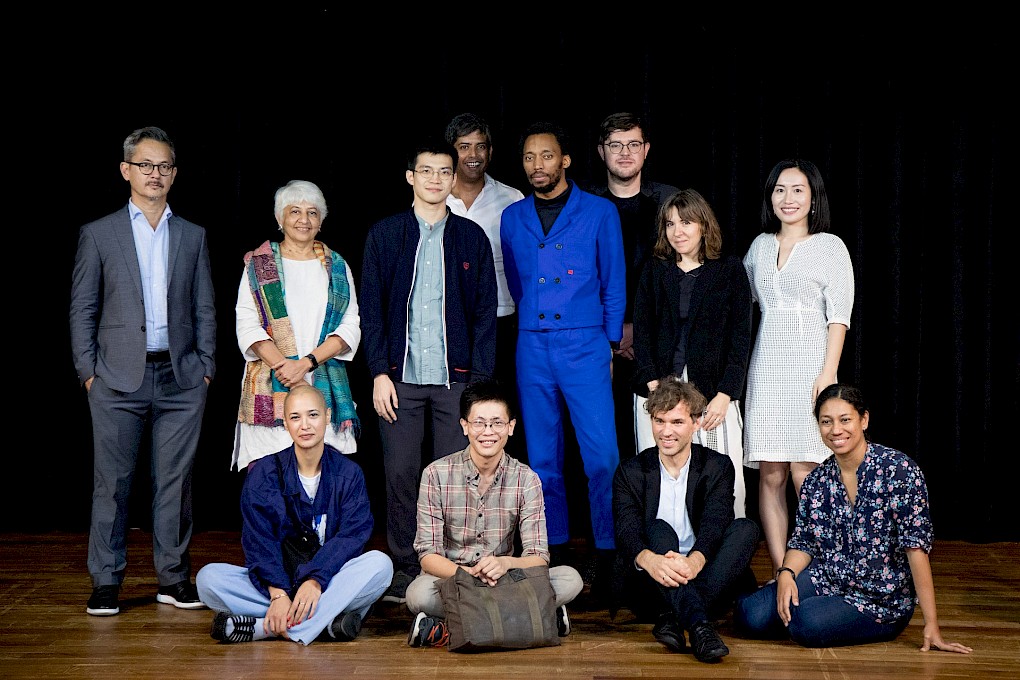
Conference
The conference is convened by Cosmin Costinas and managed by Anqi Li
On October 10, artist-engineer Andreas Siagian will discuss learning and sharing in collectives within an Indonesian context. Cultural worker Clara Balaguer will introduce Hardworking Goodlooking, a collective committed to disseminating vernacular materials of the Philippines’ diaspora. Artist Christian Nyampeta will make Rwandan philosophical texts available in English for the first time, and rapper, record producer and entrepreneur Lupe Fiasco will present the Society of Spoken Art, an institution established by leading rap artists of our generation.
On October 11, curator, writer and educator iLiana Fokianaki will rethink democratically elected right-wing figures in global politics and offer a new reading on power structures. Curator Sebastian Cichocki will delve into a “post-artistic era” that we are possibly in. Professor and author Sugata Ray will draw attention to animal-human relations in the face of a potential Sixth Extinction. Artist and lecturer Simon Soon will shift the setting of modernism’s origin story to the Indian Ocean, and then professor Katerina Teaiwa will shine a spotlight on her ancestral island, Banaba.
On October 12, professor Lawrence Chua will consider the Thai royal court as a sort of “queertopia”. Professor Pan Lu will examine the changing significance of wartime memorials—often set up by colonial authorities. Professor Teren Sevea will lament why a group of Malayan magicians have been ignored by academia. Artist Tan Zi Hao will speculate on the history of composite creatures in Southeast Asia. Finally, independent artist-curator Ema Tavola will wrap up the series by giving the audience an introduction to Melanesian female tattoos.
Workshops
The workshops are convened by Cosmin Costinas and managed by Anqi Li
In its fifth successive edition, Para Site will work with a group of emerging curators, writers, critics, researchers, and other arts professionals from Hong Kong and abroad, through a series of closed-door workshops, lectures, and site-visits. This nine-day intensive programme is designed to provide learning and thinking opportunities, mediated by reputed speakers from Para Site’s International Conference as well as by art practitioners from across Hong Kong’s diverse institutional landscape. The programme provides a laboratory for experimentation, posing fundamental questions and ideas that challenge various models of curatorial practice. It will also offer opportunities for networking and enhance the development of systems intending to nurture the participants’ careers.
The workshops were held by Sebastian Cichocki, iLiana Fokianaki, Tang Kwok Hin, Inti Guerrero, Lo Lai Lai, Pan Lu, Bonaventure Soh Bejeng Ndikung, Christian Nyampeta, Katerina Teaiwa, Pauline Yao, Yang Yeung
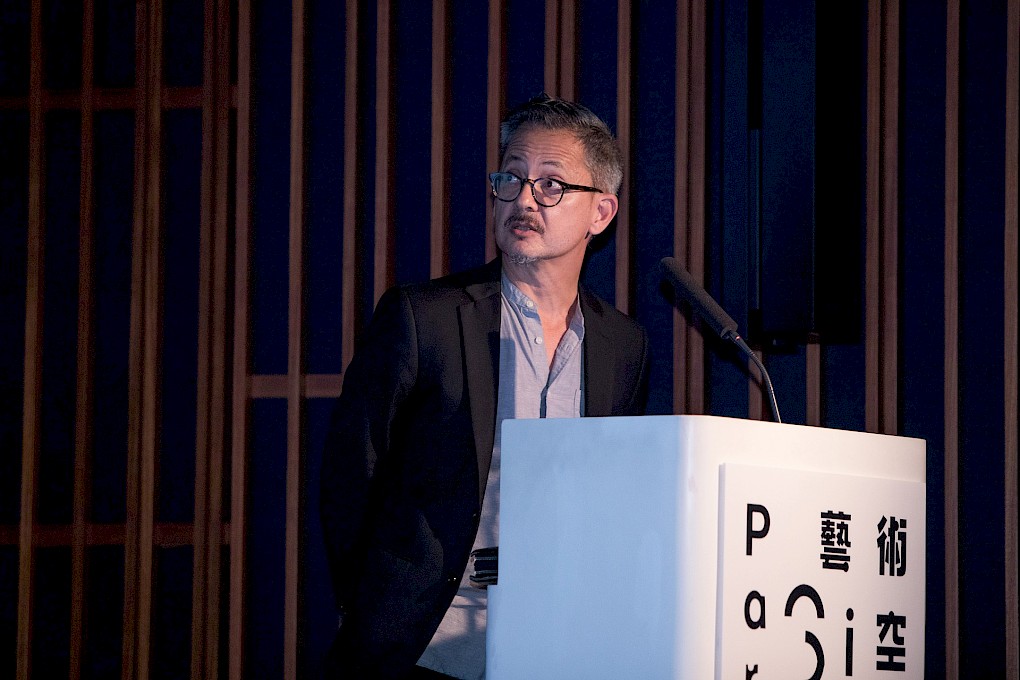
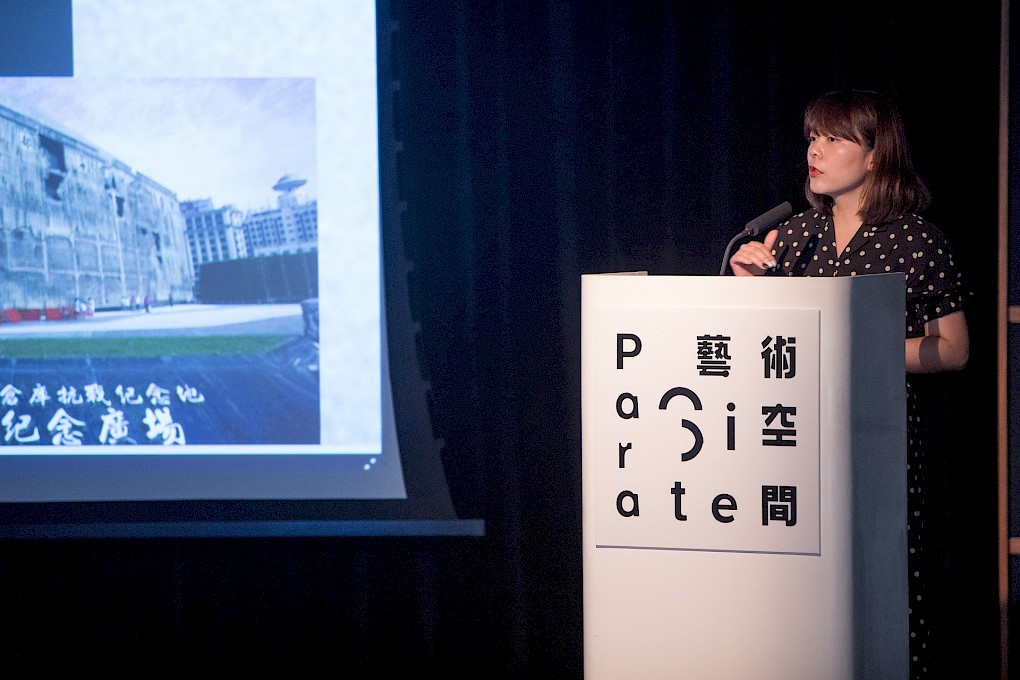
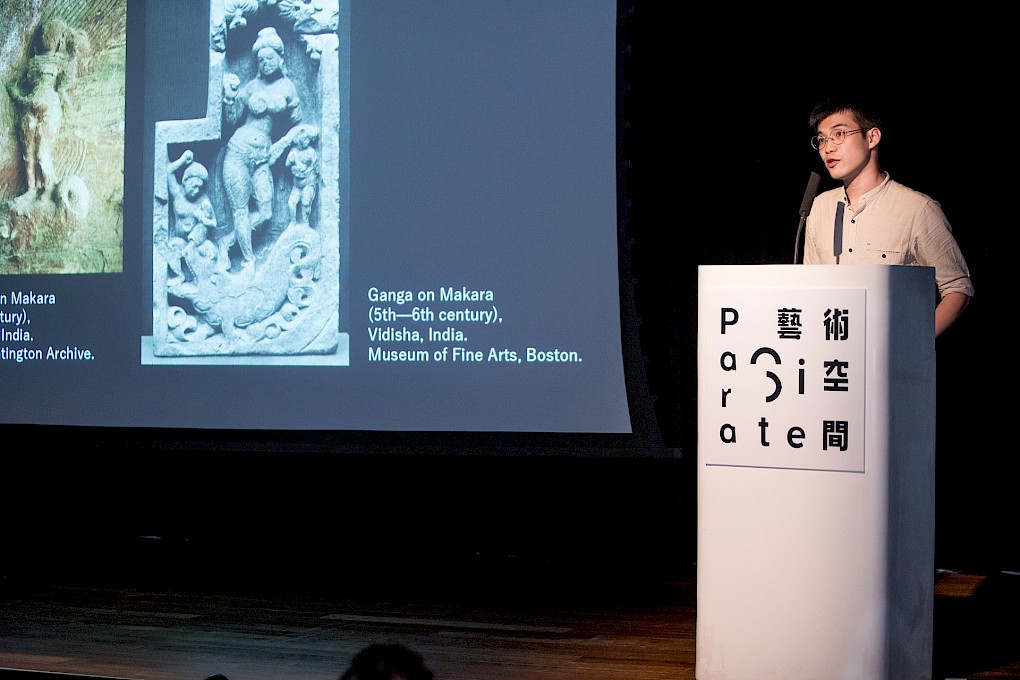
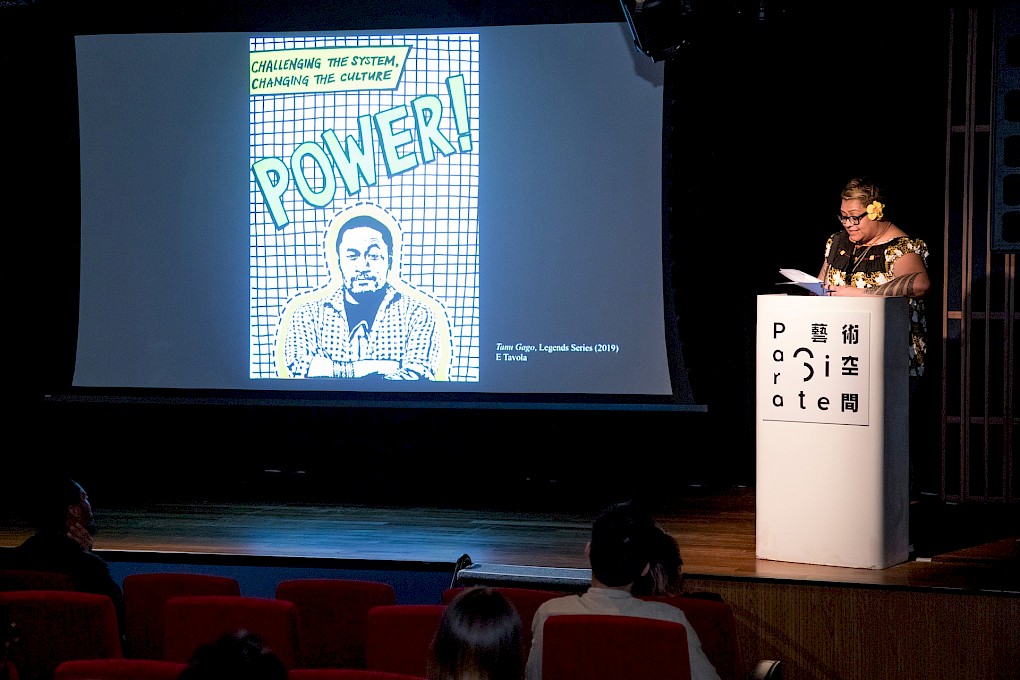
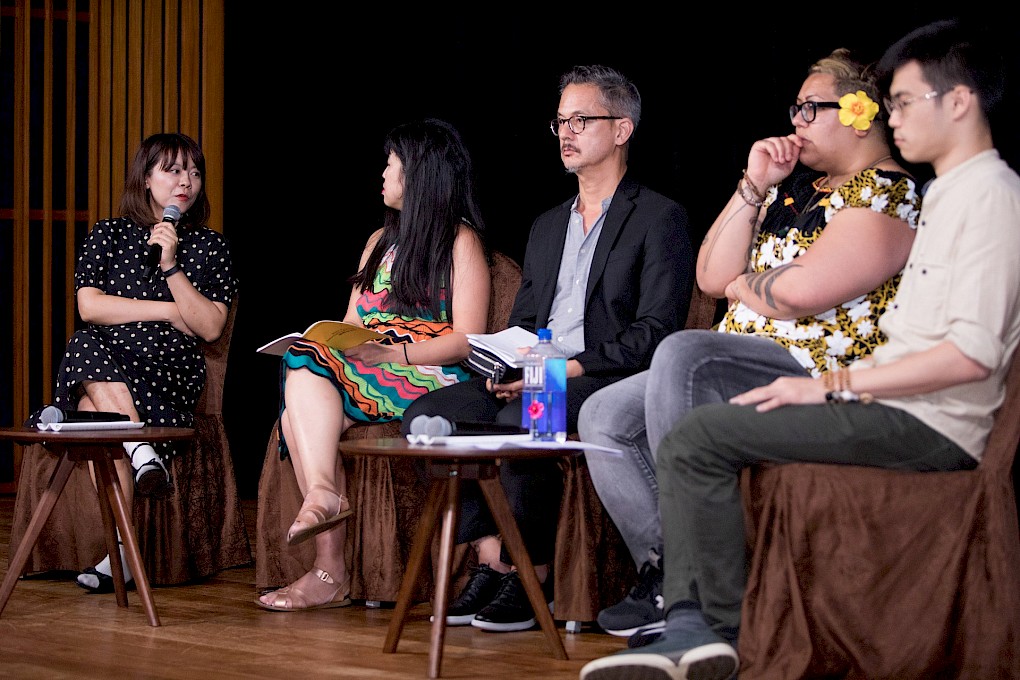
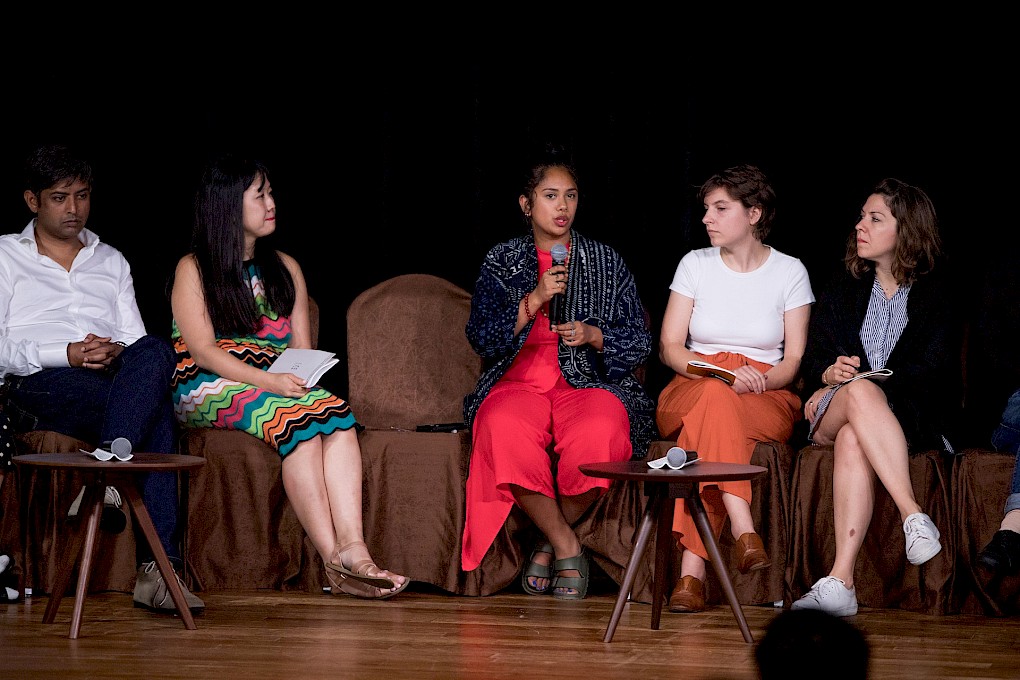
Künstlerische Leitung Bonaventure Soh Bejeng Ndikung
Kuratorin & Konzept Elsa Westreicher
Kuratorische Assistenz António Mendes, Jorinde Splettstößer
Kuratorische Recherche Raisa Galofre, Arlette-Louise Ndakoze, Abhishek Nilamber, Lili Somogyi
Management Lynhan Balatbat-Helbock, Lema Sikod
Kommunikation Anna Jäger
Kooperationspartner Tinyhouse University, Goethe-Institut Kinshasa, Para Site Hongkong, Hochschule Anhalt
Förderung „Spinning Triangles“ wird im Fonds Bauhaus heute der Kulturstiftung des Bundes gefördert.

Para Site Team
CURATOR and Executive Director Cosmin Costinas
DEPUTY DIRECTOR Claire Shea
CURATOR OF EDUCATION AND PUBLIC PROGRAMMES Anqi Li
COMMUNICATIONS MANAGER Jason Chen
Para Site Funding
Headline Sponsor S.H. Ho Foundation
Support The Workshops are generously supported by Rachel Catanach, Bonnie Chan Woo, Akarin Gaw, Inna Highfield, Claire Hsu, Ingrid Lok, Magnus Renfrew, Joyce Tam, Nydia Zhang, and Laura Zhou.
Additional support Goethe-Institut Hongkong

